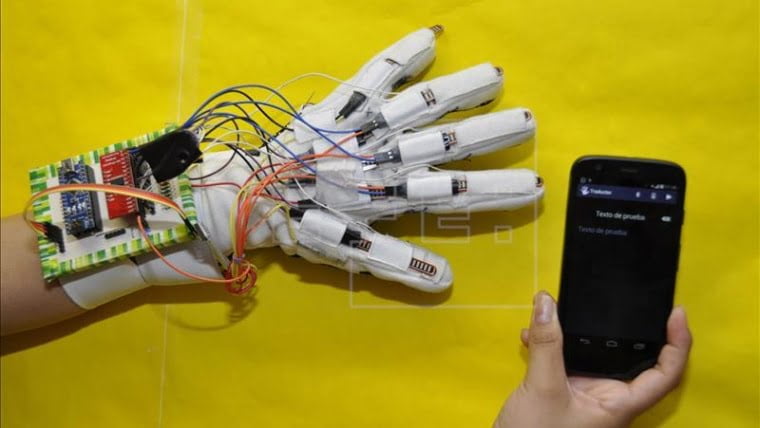Of course, everyone will know what you mean if you say ‘Chinese’. After all, it is the most spoken language in the world, with an estimated 1.3 billion speakers, or around 16% of the world’s population (as of 2019). To refer simply to the Chinese language, however, is a vast simplification of a highly complex linguistic environment in China and the surrounding area. As a result, in the translation industry, we tend to either refer to the Chinese languages in the plural or specify a particular variant.
Spoken Chinese
Spoken Chinese is typically classified into seven dialect groups, of which Mandarin is by far the most common, accounting for around two thirds of first-language speakers (65.7% as of 2012).
- Mandarin, including Standard Chinese, the Beijing dialect, Sichuanese and Dungan (spoken in Kazakhstan, Kyrgyzstan and parts of Russia)
- Wu, including Shanghainese, Suzhounese and Wenzhounese
- Gan
- Xiang
- Min, including Fuzhounese, Hainanese, Hokkien (aka Taiwanese) and Teochew
- Hakka
- Yue, including Cantonese and Taishanese
Some linguists and scholars also distinguish three additional groups:
- Jin, sometimes included in Mandarin
- Huizhou, sometimes included in Wu
- Pinghua, sometimes included in Yue
These variants differ greatly and are generally considered to be mutually unintelligible. However, they form a dialect continuum, meaning that each variety may be partially intelligible with its closest geographical neighbours, with the level of similarity decreasing as distance increases. This means that there is much debate among linguists as to whether these varieties should be considered dialects of the macrolanguage, Chinese, or individual languages in their own right.
Written Chinese
Compared with spoken Chinese, on the surface at least, there are far fewer varieties of written Chinese. There are principally two systems of Chinese characters: Simplified characters, used in the People’s Republic of China (PRC), as well as Malaysia and Singapore; and Traditional characters, used in Hong Kong, Taiwan and Macau, in addition to many overseas Chinese-speaking communities.
Simplified characters are based on Traditional characters and, as the name suggests, are simplified to reduce the number of strokes needed to write them. This system was introduced in mainland China in 1954 with the aim of promoting mass literacy in the country and has subsequently been officially adopted in Singapore. It has also become the de facto standard in Malaysia, especially among younger ethnic Chinese people, although Traditional characters remain the official script.
| Traditional Characters | Simplified Characters | Meaning |
| 習慣 (Total 25 strokes) | 习惯 (Total 14 strokes) | Habit/Custom |
| 傳統 (Total 25 strokes) | 传统 (Total 15 strokes) | Tradition |
Although there are just two sets of characters, they can still be used to write any of the spoken varieties, so the same piece of text in Traditional characters will look markedly different in Taiwan and Hong Kong.
At Business Language Services, we can provide translation and interpreting services to and from any variety of written or spoken Chinese. If you are unsure which variety you need, our expert in-house team can also advise you on which variety or varieties will be most suitable for your audience. Speak to a member of the team today to find out more or get a quote.
Author: Joseph Smith, Junior Project Manager
